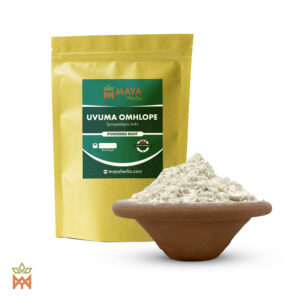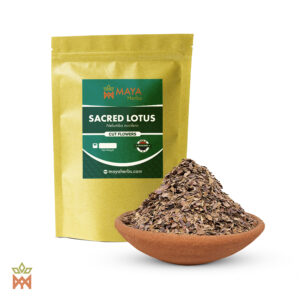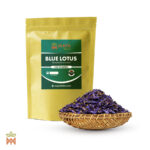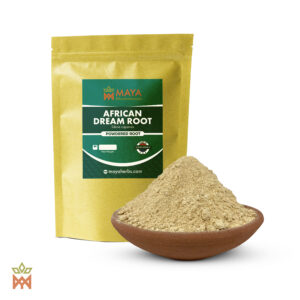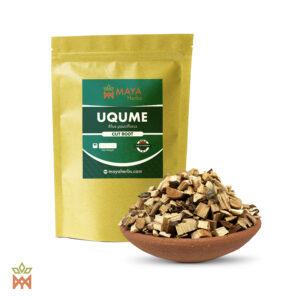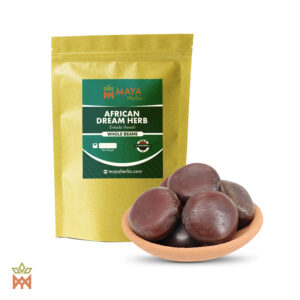Introducing the cut Blue Lotus Flower (Nymphaea Caerulea), sourced from Thailand.
Blue Lotus, scientifically referred to as Nymphaea caerulea, represents a captivating aquatic plant native to Southeast Asia, notably sourced from Thailand.
Taxonomy and Morphology
Kingdom: Plantae
Family: Nymphaeaceae
Genus: Nymphaea
Species: Nymphaea caerulea
Common Name: Blue Lotus
Blue Lotus exhibits a perennial growth habit, primarily thriving in tropical climates. It flourishes in aquatic environments, often found in ponds, lakes, and slow-moving rivers.
Morphologically, Blue Lotus manifests striking blue flowers, characterized by delicately overlapping petals surrounding a prominent yellow center. These vibrant blooms elegantly emerge above the water’s surface on long stalks, captivating observers with their serene beauty.
Anatomy and Physiology
Blue Lotus features broad, round leaves that gracefully float upon the water’s surface, contributing to its distinctive aesthetic appeal.
The flowers of Blue Lotus comprise multiple whorls of sepals and petals, each intricately arranged to maximize pollination efficiency.
Beneath the surface, Blue Lotus roots anchor the plant to the substrate, facilitating nutrient uptake and structural support.
Reproductive Biology
Blue Lotus exhibits a unique reproductive strategy, characterized by its adaptation to aquatic pollination. In its natural habitat, pollination occurs through various aquatic insects and wind-mediated mechanisms.
The plant’s flowers produce copious amounts of pollen, essential for fertilization and seed production. Upon successful pollination, seeds develop within specialized structures known as carpels.
Ecological Significanc
Blue Lotus plays a crucial role in freshwater ecosystems, serving as a habitat and food source for various aquatic organisms, including insects, fish, and waterfowl.
The presence of Blue Lotus contributes to ecosystem stability, promoting water quality, biodiversity, and ecological resilience.
Conservation Status
While Blue Lotus is not currently listed as endangered, habitat loss, pollution, and overharvesting pose significant threats to its long-term survival. Conservation efforts aimed at protecting freshwater habitats are critical for safeguarding the future of Blue Lotus populations.
In summary, Blue Lotus cut flowers sourced from Thailand epitomize the botanical elegance and ecological importance of Nymphaea caerulea. Through its captivating blooms and intricate reproductive adaptations, Blue Lotus continues to fascinate botanists and enthusiasts alike, serving as a testament to the beauty and resilience of aquatic ecosystems.



